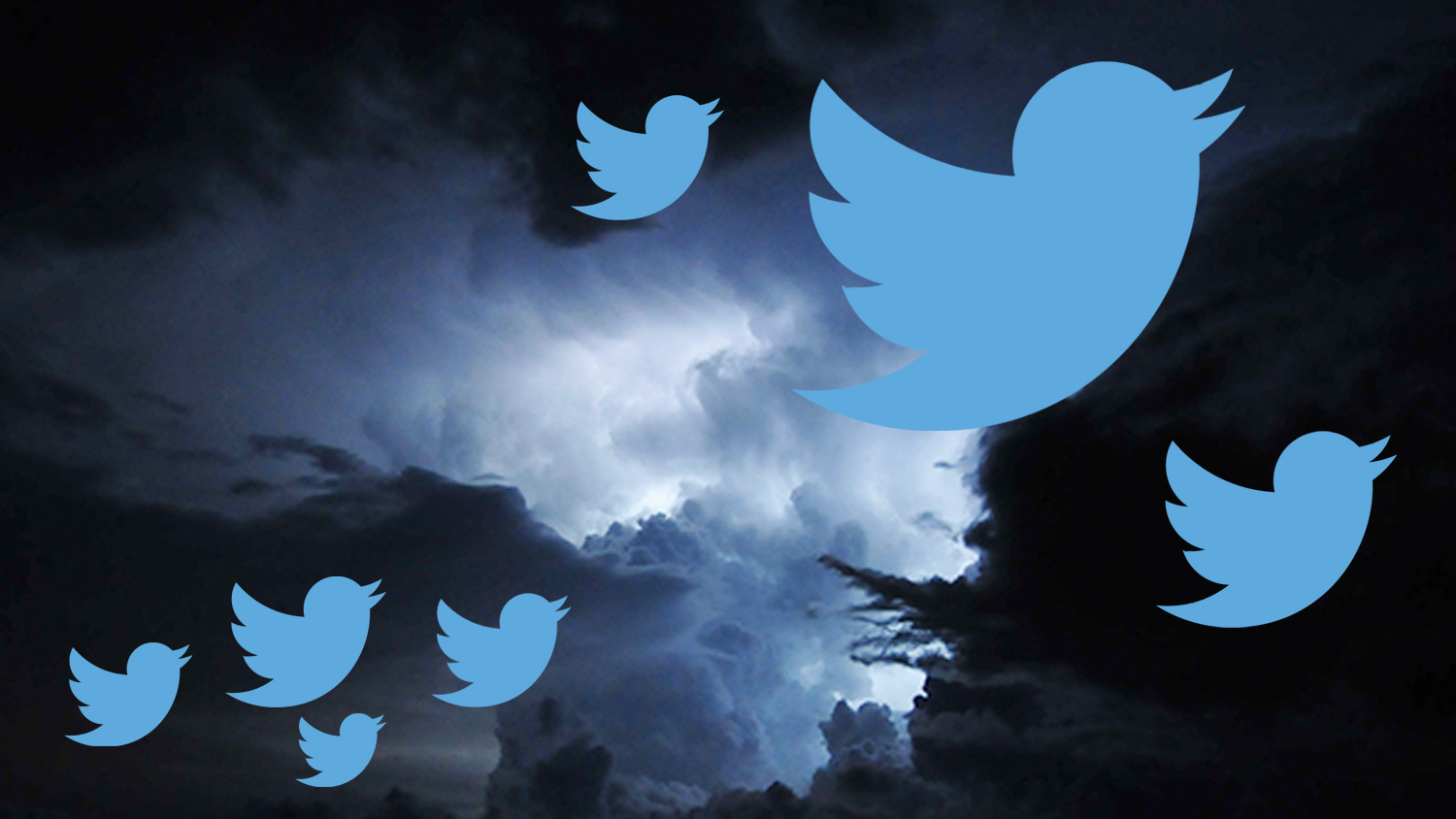Twitter user growth rebounds, but its worries are far from over
Problems are bigger than 140 characters

All eyes were on how many monthly active users (MAUs) Twitter counted over the last three months, and the good news for the microblogging site was that it actually added users (phew!).
The company counted 310 million MAUs in Q1 2016, up from 305 million in Q4 2015. It's also a 3% rise in MAUs from the same period last year. The company declined to project what user numbers will look like in Q2, but at least it started the year with an uptick.
Cool. That's the good news.
The bad news is that Twitter missed on revenue expectations, sending the company's stock plummeting when its earnings report came out this afternoon (as of 6pm PT, it's still down over 13%).
The company reported revenue on the lower end at $595 million, which is up 36% from a year ago but still below the $608 million it was expected to bring in.
Even more worrisome: It's projecting to make between $590 million to $610 million in Q2 while analysts are looking for $678 million. Those numbers aren't close.
Twitter said its revenue was low this quarter "because brand marketers did not increase spend as quickly as expected."
Get daily insight, inspiration and deals in your inbox
Sign up for breaking news, reviews, opinion, top tech deals, and more.
CFO Anthony Noto called out March specifically as an under performer, and basically said that the service has gotten as many US companies to advertise on the platform as it's going to. Now, it's a matter of increasing how much its biggest spenders pour into advertising, which will be tough.
Twitter hasn't really faltered on revenue before, so the trip up now - especially as users grew - is troubling. Company execs indicated brands could return to spending over the summer, pointing to European marketers holding off on Twitter campaigns until events like the Olympics and Euro 2016 championship are closer on the horizon.
While no specifics were given, the company also seems keen on leveraging the 2016 US presidential election as the months progress.
Highs and lows
Engagement was up on the service, Twitter said in its letter to investors, crediting its new timeline structure (which has a low 2% opt-out rate, by the way) and its integration with Periscope for that win.
Its deal with the NFL was also a feather in its cap, and CEO Jack Dorsey said leagues from around the world have reached out about setting up something similar for themselves.
Interestingly, Twitter's US MAUs have seemingly plateaued. It counted 65 million in Q1 2016, the same number it's had since Q1 2015 save for reaching 66 million in Q3 last year. Like Netflix, Twitter has possibly reached a saturation point in the US.
The company no longer counts so-called SMS Fast Followers - people who only see tweets over text messages - in its monthly active figures, though it wants to figure out how to monetize those users as well.
Video is also a huge focus for Twitter moving forward, and marketers this quarter shifted their spending toward promoted videos over traditional promoted tweets. However, there's another not-so-small social network going equally hard on video, so how well Twitter convinces advertisers to spend on its platform over the competition is a big question mark.
Despite missing on revenue, the monthly active user growth is a small bounce back from a quarter when everything seemed lost. It's a sign Twitter can gain users - it attributed growth this quarter to seasonality and marketing initiatives - but it's still not the blazing uptick that encourages investors.
Will its growth continue to be piecemeal, if not a roller coaster of gains and losses?
Twitter seems to think it's headed for incremental milestones as it remains committed to "disciplined execution to drive sustained audience growth over time."
Dorsey said the company continues to focus on improving the user experience and to look for changes in the way we engage with Twitter throughout the year. That's all fine, but when it comes to anxious investors, they want to see cold, hard results, not feel-good promises.
Michelle was previously a news editor at TechRadar, leading consumer tech news and reviews. Michelle is now a Content Strategist at Facebook. A versatile, highly effective content writer and skilled editor with a keen eye for detail, Michelle is a collaborative problem solver and covered everything from smartwatches and microprocessors to VR and self-driving cars.
